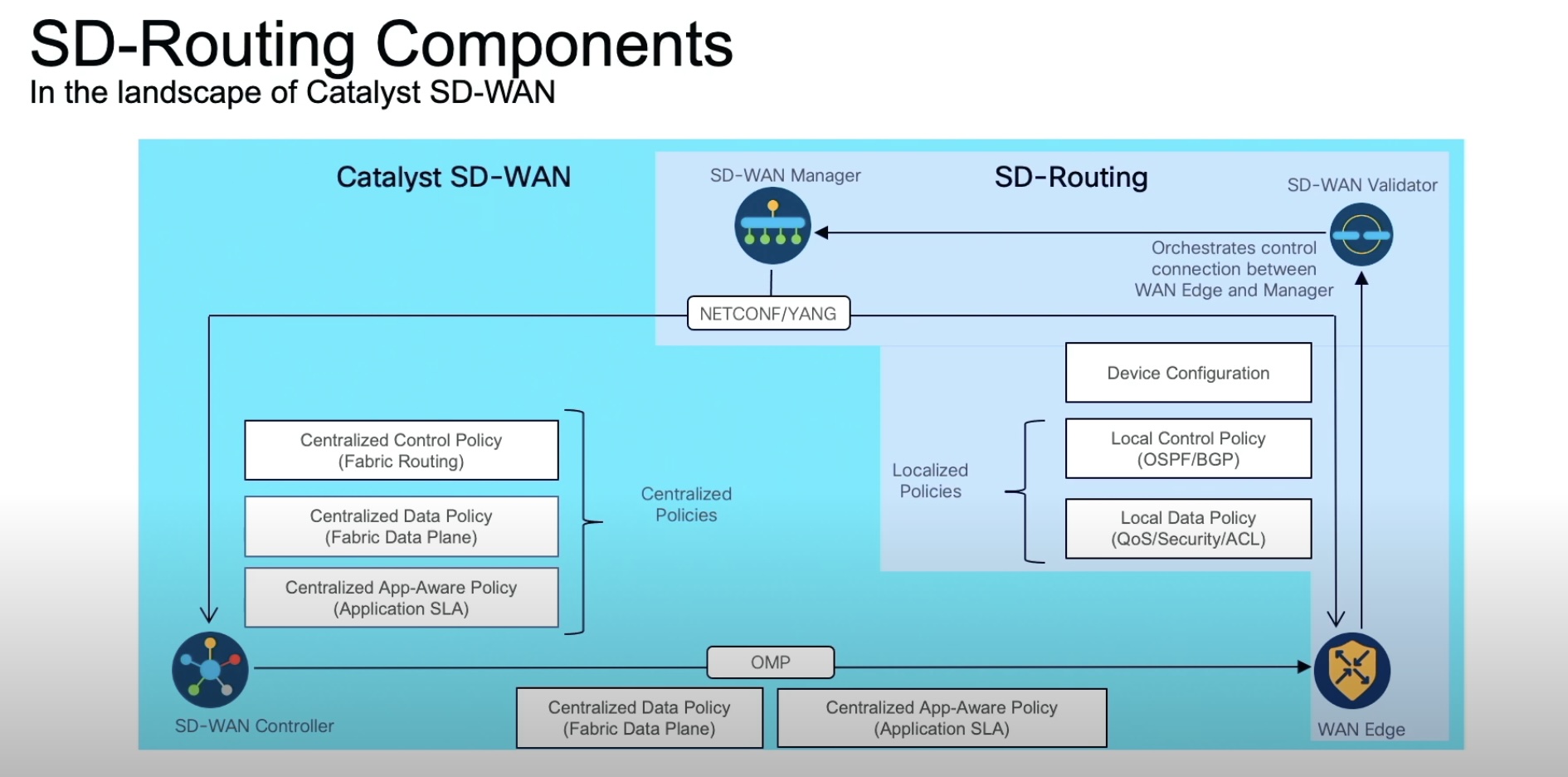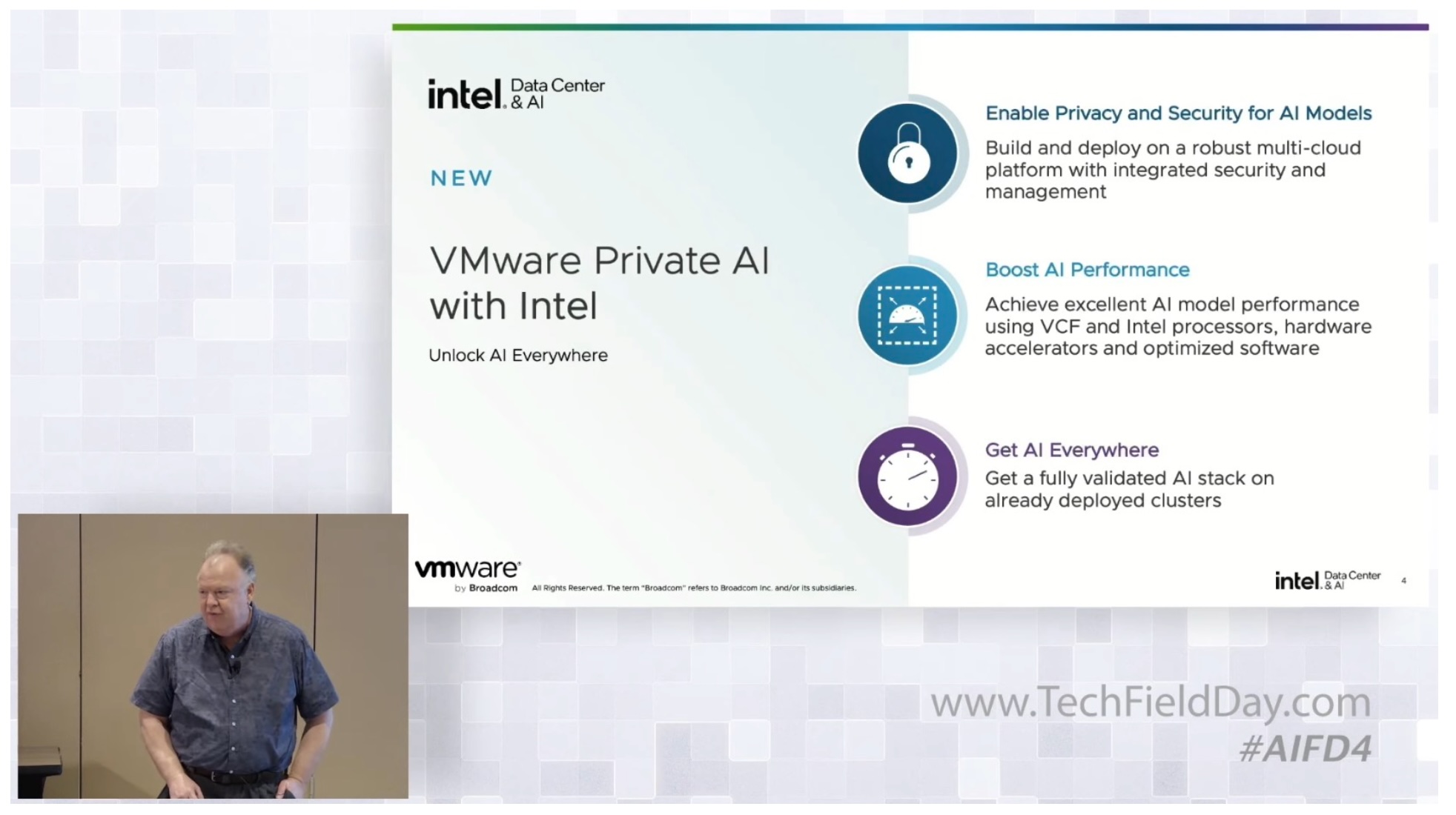Healthcare systems in most countries haven’t evolved from how they were originally designed. If you’re not feeling well, you go to your doctor, who then examines you and decides if you need a referral and more tests by a specialist at the hospital. Following additional tests, you then have to wait for the result, and only after that can the treatment begin. This process can take a long time and this waiting process can have an impact on your health if treatment is needed quickly. We all know people with chronic illnesses or life-threatening diseases who are very dependent on getting the right treatment in a timely manner.
The healthcare system has adopted new technologies to transform patient care over the last decade, but the COVID-19 pandemic catalyzed an evolution of technology adoption in healthcare. One of the most talked-about transformations in healthcare is telehealth. Telehealth is the use of digital information and communication technologies, such as computers and mobile devices, to access health care services remotely and manage your health care.
Telehealth on the Rise
By now, we’re all familiar with wearable technology and fitness apps. With telehealth, we’re optimizing the possibility of communication between the patient and medical staff through the increased usage of these devices. In addition, this enables the collection and analysis of large amounts of data. The data is at the center of providing more personalized treatments and better care for patients.
The key benefits of telehealth are:
- Patients and medical professionals stay healthy with remote treatment (as contagious illnesses are not spread through person to person contact)
- Health care will be accessible to people who live in rural parts of the world or other isolated communities
- People have better and easier access to medical specialists
- More personalized treatments due to an increase in patient data
- Improving communication between medical teams and patients
Telehealth makes it possible to have state-of-the-art healthcare without the need to wait for hours in a doctor’s office or hospital waiting room. This transformation is also creating a growing demand for changes in the network infrastructure.
Providing a Scalable Secure Network Infrastructure for the Future
Providing telehealth puts different demands and requirements on the network infrastructure, especially as older networks are not able to support all of the interests of future healthcare institutions.
To have a successful implementation of a telehealth solution or other future healthcare services, you need to transform the network into a scalable, secure, uninterrupted infrastructure in order to be able to support existing and future requirements.
VMware has an SD-WAN solution that increases the network agility on the infrastructure for institutions or enterprises that rely heavily on the network. In healthcare environments, poor connections or downtime are not an option when caring for patients as this can lead to misdiagnosis or life-threatening situations.
What is SD-WAN?
SD-WAN is a software-defined approach to simplifying branch office networking and assure optimal application performance. SD-WAN provides the software abstraction to create a network overlay and decouple network software services from the underlying hardware.
What are the Key Benefits of VMware SD-WAN by VeloCloud?
VMware SD-WAN assures enterprise and cloud application performance over the Internet and hybrid WAN while simplifying deployments and reducing costs.
With VMware SD-WAN by VeloCloud you get the following benefits:
- Simplifying branch networking
- Automated zero-touch deployment
- Central administration and troubleshooting
- Optimal Security for sensitive data
- Scalable and flexible networking
- Lower costs
With a telehealth solution, sensitive personal health data will be vulnerable as it will be sought after by hackers. Security considerations become much more important to prevent unauthorized access. If healthcare infrastructure is breached, access to data could give hackers key information about a person which could be misused. The data in the wrong hands could lead to a person being held ransom with a threat of it being shared publicly in an attempt to ruin someone’s reputation. It could also lead to higher insurance rates for the patient and therefore, negatively impact people’s ability to seek affordable health care.
By implementing VMware SD-WAN by VeloCloud it’s possible to live up to all the strict regulatory compliance for protecting patient data and also simplifying the infrastructure immensely.




